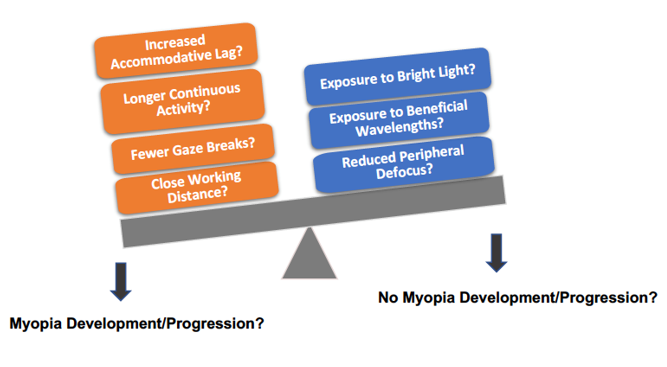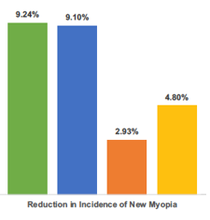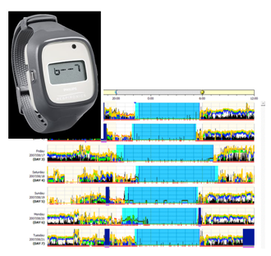
Human myopia
The concept that the more common form of human myopia might be visually-driven is not new. At the turn of the century, special management strategies to include hygiene desk and sea voyages were being used to counter the presumed harmful effects of near work. There also is much anecdotal evidence linking near work and myopia and recent studies provide more direct evidence of links between visual activities and myopia.
Does near work cause myopia?
Of the many theories that abound, two fit well with evidence from animal studies. One theory argues that printed text, as most commonly encountered in near work activities, acts as a form deprivation stimulus for all but the central retina. On the other hand that human myopia could be a response to hyperopic defocus is consistent with observations of increased lags of accommodation in developing and progressing myopes. However, the picture is by no means clear-cut in terms of causality. Also, that eyes may progress at different rates leading to significant anisometropia is not easily covered by this hypothesis. Currently in this area, there are more questions than answers.
The concept that the more common form of human myopia might be visually-driven is not new. At the turn of the century, special management strategies to include hygiene desk and sea voyages were being used to counter the presumed harmful effects of near work. There also is much anecdotal evidence linking near work and myopia and recent studies provide more direct evidence of links between visual activities and myopia.
Does near work cause myopia?
Of the many theories that abound, two fit well with evidence from animal studies. One theory argues that printed text, as most commonly encountered in near work activities, acts as a form deprivation stimulus for all but the central retina. On the other hand that human myopia could be a response to hyperopic defocus is consistent with observations of increased lags of accommodation in developing and progressing myopes. However, the picture is by no means clear-cut in terms of causality. Also, that eyes may progress at different rates leading to significant anisometropia is not easily covered by this hypothesis. Currently in this area, there are more questions than answers.



